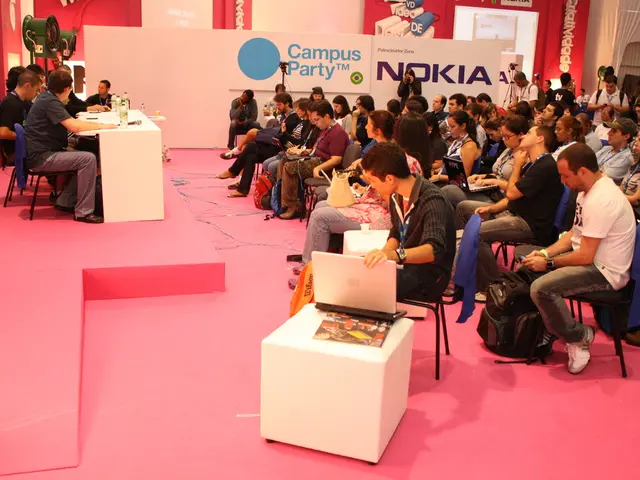Rising trends in home energy storage demand wane across Africa, following a similar pattern observed in Europe.
South Africa, with a per capita GDP of USD 6,800, has become a new hotspot for Chinese home energy storage companies since 2022. The growth of demand in South Africa's home storage market has been driven by severe power shortages and installation incentives, leading to a total market scale of less than RMB 10 billion. However, the market is far from sufficient to meet all demands, resulting in intense competition and market saturation.
Most of the home energy storage products in South African distributors' stores are Chinese brands, and the inventory can last for at least another year. Chinese players like Deye Technology, Sungrow Power Supply, Svolt Energy Technology, and others have made substantial profits in the South African market. In the first half of 2023, Deye Technology's sales in South Africa exceeded RMB 1.1 billion, increasing year-on-year by over three times.
However, the growth of the South African home storage market has slowed in the second half of 2023, due to an improvement in the power cut situation. This cooling of the market has affected companies like Deye, which experienced a decline in revenue and net profit in the first quarter of 2024.
Meanwhile, some manufacturers have chosen to target more segmented high-end markets in African countries. A high-end home energy storage brand made its first stop in the African market in Zimbabwe.
Nigeria, the largest economy in Africa with a population of over 200 million people, is also seen as having potential for developing home energy storage. Companies like Transsion Holdings, Hithium, Sungrow, Deye, and Longtech Smart Control have entered the Nigerian market.
Despite the potential, Nigeria's per capita GDP in 2022 was less than one-third of South Africa's, making ordinary households equally price-sensitive to home energy storage products. The African markets outside of South Africa have overall economic development levels far below that of South Africa, making initial expansion extremely difficult.
The South African government has introduced a series of policies and incentives to encourage the use of renewable energy and reduce dependence on traditional energy sources, such as feed-in tariffs (FITs) and tax reductions. These policies have promoted the growth of the home energy storage market.
However, Mark, a marketing manager from a leading home energy storage company, stated that the African market development is challenging due to lack of awareness and popularization of home energy storage, and the absence of a basic industry chain. Another company, BSLBATT, has been affected by the intensified competition and downstream inventory pressure in the South African home storage market.
The top five countries for global home storage installations in 2023, according to BloombergNEF data, were Germany, Italy, the US, Japan, and Australia, with South Africa not making the global top five. The home storage market capacity is small and profit margins are low in African markets outside of South Africa.
In conclusion, while South Africa's home energy storage market has seen significant growth, the market is facing challenges due to cooling demand and intense competition. The potential for growth in other African markets, such as Nigeria, is significant but is hindered by lower economic development levels and lack of awareness.







